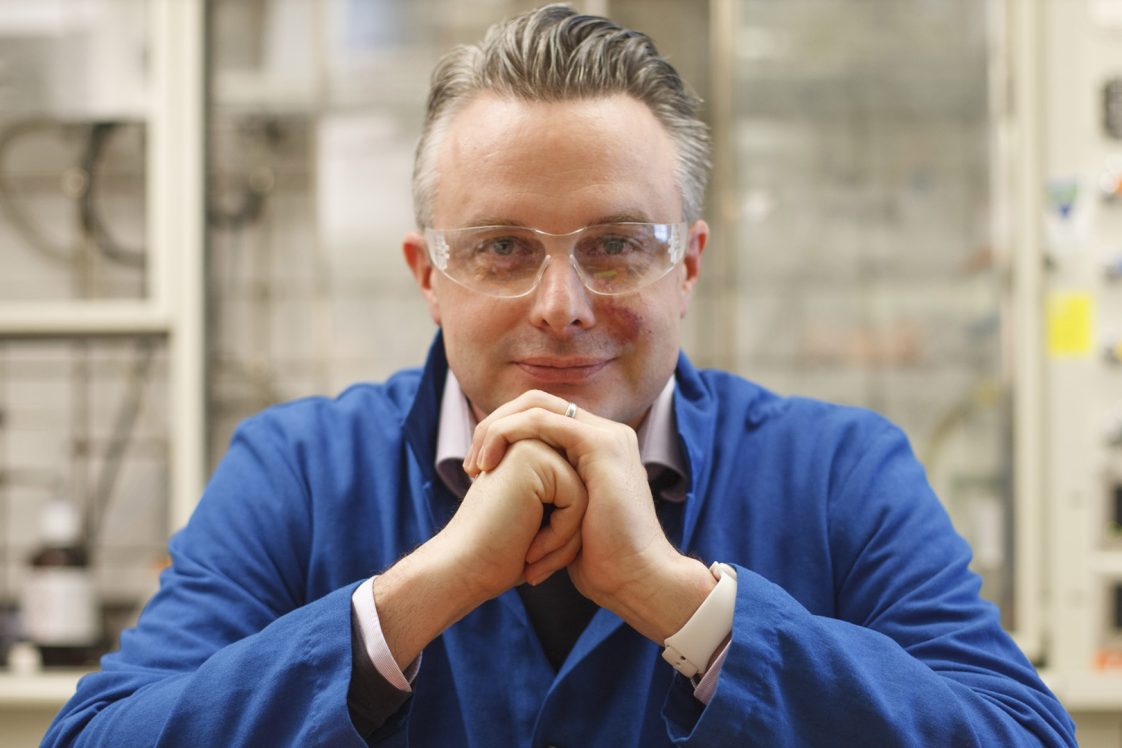In June 2000, when President Bill Clinton announced that the initial sequencing of the human genome had been completed, it was hailed as a milestone in medicine, promising cures for everything from Alzheimer’s and Parkinson’s to diabetes and cancer.
But Matt Disney had questions.
The teams sequencing the human genome had focused on DNA, counting only about 30,000 protein-coding genes, about the same number as a mustard plant or a worm. What explained human complexity and diversity if humans had similar numbers of genes to plants and invertebrates?
At the time, Disney was working on his Ph.D. at the University of Rochester, focusing primarily on ribonucleic acid, or RNA, which was thought — and has now been shown — to make up 90% of the genome.
Disney thought the answers to his questions about the human genome project, and its real potential, might lie in the RNA. But in 2000, RNA’s structure and functions were still something of a black box, and the idea of making medicines targeted to RNA was rejected as unfeasible, too risky or both.
The gaps in knowledge enticed Disney, who saw translating genetics into treatments as a worthy challenge.
“I thought, well, if we could really turn the human genome and the RNAs that they make into new targets for medicines, that would be transformative.”
Two decades later, Disney and his team at The Herbert Wertheim UF Scripps Institute for Biomedical Innovation & Technology in Jupiter, Florida, have discovered more than 200 unique RNA-targeting compounds. His methods and discoveries have changed minds, igniting a global race to treat incurable diseases via their RNA.
Incubator for Discovery
Disney’s drive to discover started early.
As a young boy, he bought himself a telescope. He loved to look at the stars, and he would fill his free time at the library, reading about them. With six brothers and sisters, their downtown Baltimore house was often crowded and loud. The library and the telescope were zones of peaceful contemplation.
“I used to look up at those stars and wonder what those things were made of. Looking at the sky I realized how much we did not know,” he recalls. “My desire to want to understand things made me want to become a scientist.”
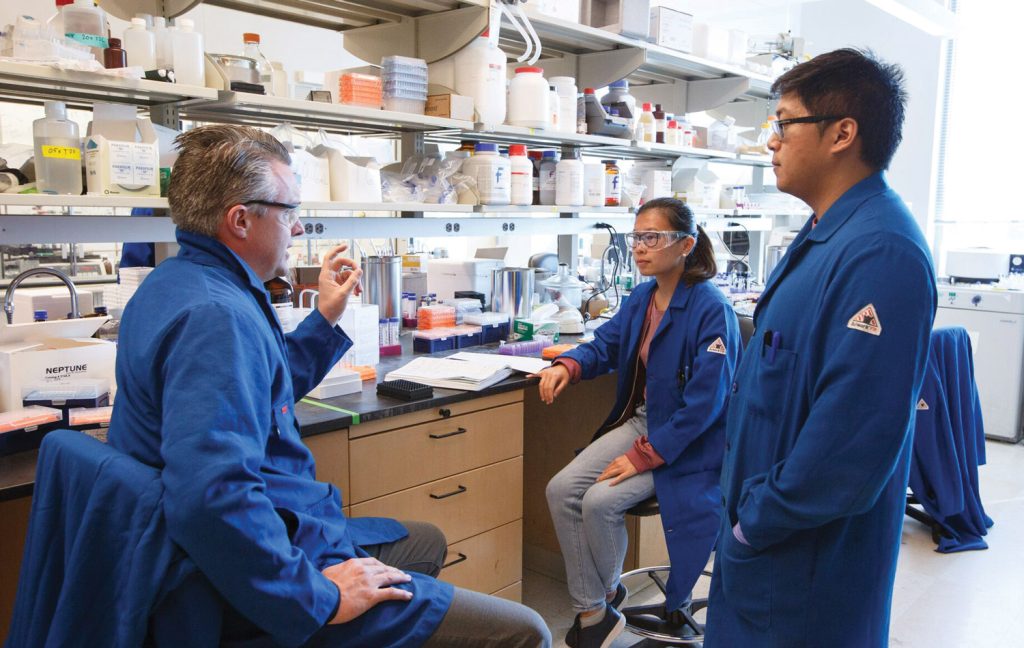
at The Wertheim UF Scripps Institute in Jupiter, Florida.
He absorbed lessons of hard work and respect from his parents, who devoted themselves to their family. His father served in the U.S. Navy. His mother stayed home with their children early on but later went to work fulltime. At the end of the street was the Catholic school and church that were important parts of his childhood. With a prominent birthmark on his face, he says he learned to stand up for himself early on, too. He didn’t like to be told no.
“If you want Matt to do something, tell him he can’t do it,” his older brother Michael often said. That fierce determination would prove key to his success as a scientist.
As an undergraduate at the University of Maryland, he researched how hydrogen bonds led biological molecules to assemble themselves. In his senior year, his dad drove him to the University of Rochester, to meet an expert in the field, and he soon found himself in graduate school, immersed in working to understand RNA.
The lab’s principal investigator, Dr. Douglas Turner, asked basic questions: What dictated how RNA folded and interacted with other molecules? Were there rules to be gleaned?
RNA is a molecule fundamental to life. While DNA holds the blueprint for life, RNA serves as the architect, implementer and regulator of those instructions. It assembles ribosomes, which are essentially protein-building factories, and feeds raw materials into those factories. It can regulate whether and when genes are expressed.
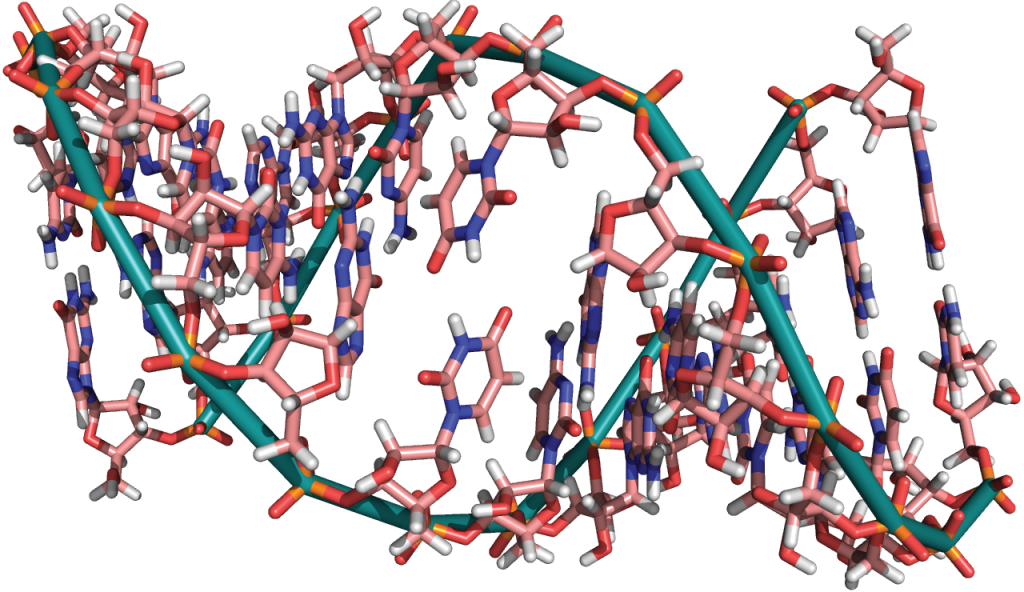
Turner’s lab was an incubator for students interested in the potential of RNA. The lab was collaborating with Michael Zuker, a prominent mathematician at Washington University in Saint Louis and Rensselaer Polytechnic Institute, who was writing a computer algorithm that could learn from the RNA folding data and use it to predict the shape and stability of RNA structure based on an input of genetic sequence. The Turner lab students spent long hours with pipettes gathering the data to illuminate the rules that governed RNA structure.
Another student from Turner’s group, Philip Bevilacqua, now head of Penn State’s chemistry department and its Center for RNA Molecular Biology, recalls how Disney put together all that they were learning, creating something new.
“He looked at the diversity of RNA and realized that it could be drugged specifically by small molecules,” Bevilacqua says. “What I admire most about Matt is his vision. Matt was able to see things others could not.”
Another student in the Turner lab was Jessica Childs. Their intense conversations continued through days and nights, weeks and months.
“I think in outlines. Matt thinks like a web,” she said. “He’s creative. He makes connections.”
Testing the Hypothesis
In 2002, Childs, Disney and Turner successfully used small pieces of RNA to fatally disrupt the function of a fungal RNA. Although they didn’t have a medicine, the results convinced them of the feasibility of targeting RNA for therapeutic purposes.
By the time he earned his doctorate in 2003, Disney believed that creating so-called small-molecules medicines that could be taken as a pill would be critical if RNA was to be taken seriously as a therapeutic target. But, he needed to learn more about drug discovery and design.
He moved to the Massachusetts Institute of Technology as a post-doctoral researcher, where he learned critical drug discovery skills. After his post-doc, as he was applying for faculty positions, Disney repeatedly heard why his plans wouldn’t work. Other scientists doubted that drugging RNA was viable due to its simplicity and noodle-like lack of structure.
Most drugs act on proteins, which are large and complex, made of 20 amino acids. RNA, made of just four bases, was too simple to bind drugs, he was told. And if it did, such drugs couldn’t be specific enough to be safe, they said.
He was turned down four consecutive times for grants from the National Institutes of Health.
He was finally offered a faculty position at the University at Buffalo. He went to work creating libraries of RNA molecules and testing them against libraries of small molecules, searching for needles in haystacks. Still, winning grants, getting papers published, proved difficult.
“We’d get feedback, ‘Can’t make that specific.’ So I would say, let’s test the hypothesis. They would say, ‘Can’t make these things bioactive.’ I would say, let’s test the hypothesis. ‘Can’t get this to work in an animal.’ Ok, let’s test it in a mouse. ‘Molecules are too big to get into tissue.’ Let’s see what we can do.”
Over time, painstakingly, he built libraries of compounds, and libraries of RNAs, and designed experiments to rapidly test them against each other. When the arrays would reveal a molecule that bound tightly to an RNA, they’d find out where in the human genome that RNA resided. One day, they realized they had a molecule linked to a devastating form of muscular dystrophy with no cure.
“I was like, ‘Oh! This is going very rapidly from a basic science study to something that might help human beings!’” Disney says.
They published paper after paper. They worked to scale up their system to search for small molecules for any diseases that were labeled incurable due to “undruggable” protein targets.
Thanks in part to Disney and others, the idea of treating diseases by targeting RNA was becoming mainstream. A 2023 biotechnology industry report estimates that by 2028 the value of the global RNA therapeutics market will reach $18 billion.
One day in 2011, Disney received a call from Gerald Joyce, a pioneer of RNA biology who was then at The Scripps Research Institute in California. Scripps had opened a large research campus in Florida, and they wanted Disney to join the faculty.
Disney and Childs, who had married in 2003, were expecting their first child. He had recently been told he would earn tenure. They had stability, but he jumped at the Scripps Florida offer. The institute was known to be a place of ambition and innovation, and minimal bureaucracy.
“I knew that if I failed at Scripps, the only person I’d have to blame would be myself,” he says.
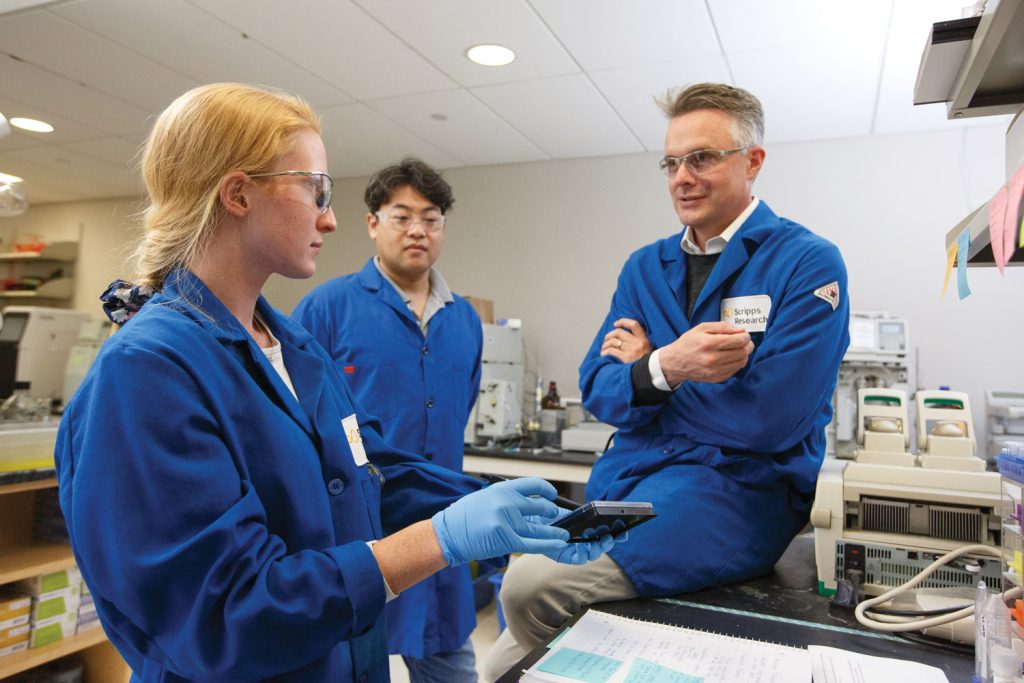
In Florida, surrounded by other biochemists and RNA scientists, Disney’s work accelerated, and the grants began to flow. Childs, also an expert in RNA chemistry, worked beside him in the lab.
Other potential applications for RNA medicines emerged: the cause of Fragile X syndrome, cystic fibrosis, metastatic breast cancer, Parkinson’s.
Disney and his team found ways to make the potential drugs more specific. They found that binding the RNA target wasn’t always enough to stop the disease progression. So they started experimenting with treating the RNA drug as a delivery system to carry another molecule, one that would act as a beacon to attract existing enzymes that degrade RNA. Over and over, they found ways to address the skeptics’ criticisms.
“It’s always good to have skeptics,” Disney says.
With each major success, the reputation of Disney’s lab grew, and along with it, interest from biotechnology, pharmaceutical and venture capital companies wanting to license his technologies and advance his discoveries.
After Scripps Florida joined the University of Florida in 2022 and was renamed The Herbert Wertheim UF Scripps Institute for Biomedical Innovation & Technology, Disney continued as chair of its chemistry department and became a member of the UF Health Cancer Center. His lab has grown to 21 people, working on grants from the federal government and from private foundations, including the Muscular Dystrophy Association and the Rainwater Foundation.
Disney and his team have invented a search-and-destroy system for multiple incurable diseases. To date, they have discovered RNA-targeting compounds involved in progression of ALS, dementia, types of muscular dystrophy, Parkinson’s, advanced cancers, COVID-19 and several rare diseases. He has also launched several companies, including Expansion Therapeutics, which is continuing work on his potential treatments for ALS and muscular dystrophy.
The once-scoffed-at idea of treating disease by targeting RNA has become mainstream, thanks, says Penn State’s Bevilacqua, to Disney.
“Matt’s disruptive ideas have led multiple other researchers and companies to stand on his shoulders, and we all owe him a debt of gratitude,” Bevilacqua says.
At heart, Disney is still that kid in Baltimore looking up at the stars. His Catholic education emphasized finding a vocation, “what you were put on this earth to do,” he says. “I found that in science.”
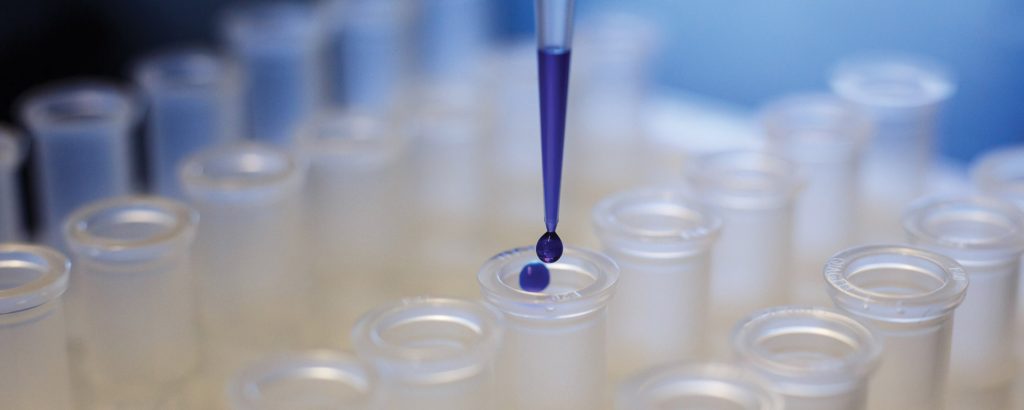
Source:
Matthew Disney
Institute Professor & Chair of Chemistry
Herbert Wertheim UF Scripps Institute for Biomedical Innovation & Technology
mdisney@ufl.edu
Hear the Story
The audio version of this story is available on our YouTube.

